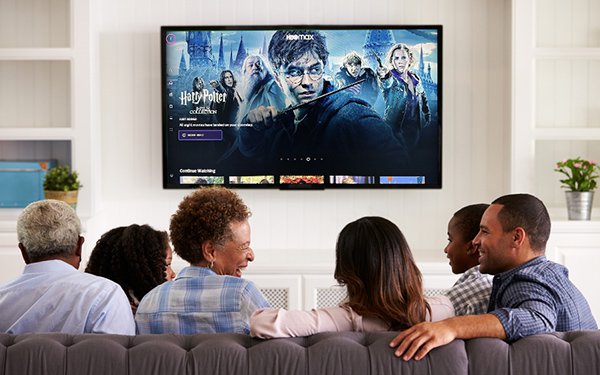
Advertising-supported and advertising-free
subscription services are “overwhelmingly similar in distribution in terms of age, ethnicity, gender and income,” according to Antenna, a subscription data and analytics company.
For example, among popular streamers (Hulu, HBO Max, Paramount+, Discovery+, and Peacock) Antenna says that among the largest targeted age group -- those 50 years and older -- 43.7% are
buying ad-supported streaming platforms and 41.5% are buying ad-free streaming.
The 18-30 and 31-40 age segments were also similar, with the 18-30 group coming in at 19.8% for
ad-supported services and 20% for ad-free services. For the 31-40 segment, the percentage was 20.0% for ad-supported services and 20.1% for ad-free services.
Other segments such
as ethnicity and income are also similar between the ad-subscription and ad-free groups. For example, 33.9% of subscribers with household income of under $50,000 bought ad-supported plans;
31.9% of those homes of the same income are ad-free subscribers.
advertisement
advertisement
There are larger variations between the female- and male-skewing audience. Females are more likely to buy ad-free (51.2%)
than ad-supported (46.6%) services, while males go in the other direction -- 48.8% for ad-free and 53.4% for ad-supported.
Antenna's data comes from raw transactions from a panel
of five million U.S. consumers who have opted-in, consented to anonymously contribute purchase information for market research purposes. Raw data is then weighted for demographic and behavioral
segments.